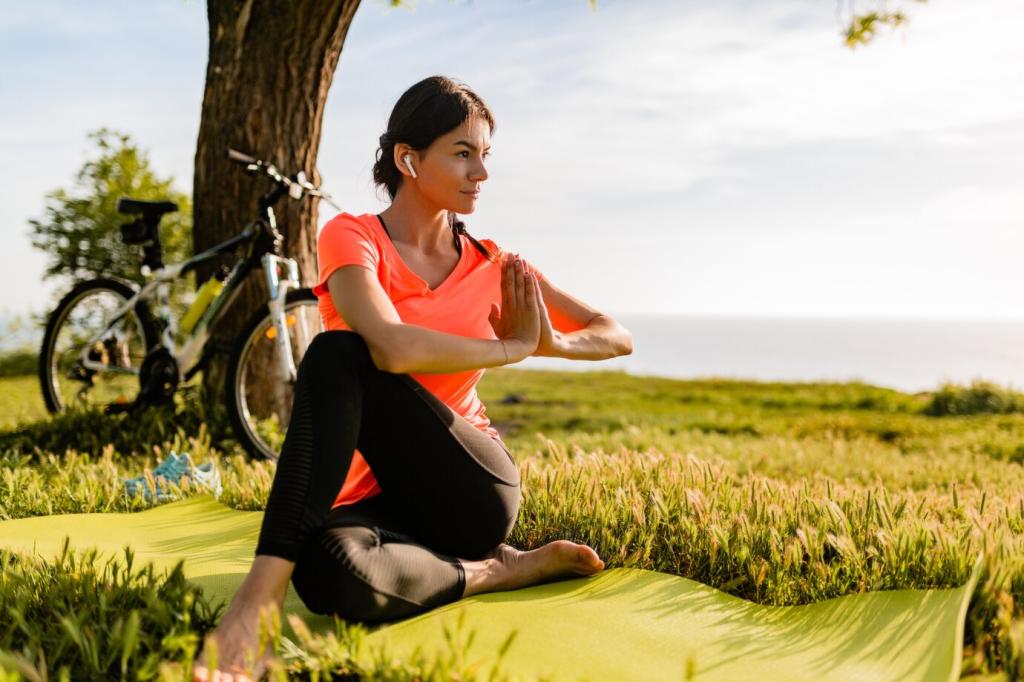Accessibility Considerations for Senior Wellness Retreats
Ensuring accessibility is a crucial aspect of designing and facilitating senior wellness retreats. Such retreats are focused on fostering relaxation, health, and holistic wellbeing among older adults, and their experience is deeply influenced by how easy it is for them to participate and enjoy activities without barriers. Attending to a range of physical, sensory, and cognitive needs does more than meet legal requirements; it also demonstrates empathy, inclusion, and professionalism. This page explores key areas—physical environment, program design, staff training, and technology—that play a pivotal role in making senior wellness retreats accessible and welcoming for all participants.
Physical Accessibility and Mobility
The living spaces provided during senior wellness retreats should be designed without physical barriers. This involves features such as wide doorways, step-free entries, and bathrooms equipped with grab bars and non-slip surfaces. Beds that are at an appropriate height, well-lit pathways, and easily operated door handles contribute to a more secure environment. Accessibility in accommodation enables seniors with differing physical abilities to feel independent and respected during their stay, greatly enhancing their overall experience.
Adaptable Fitness and Wellness Activities
Physical activities such as yoga, tai chi, or water aerobics should be tailored to accommodate varying skill and fitness levels. Providing gentle options, chair-based exercises, or modified routines ensures that everyone can participate safely and comfortably. Instructors with experience working with seniors are adept at offering personal adjustments and encouragement, promoting confidence and enjoyment while preventing injury or discomfort.
Sensory-Friendly Experiences
Cognitive and sensory shifts are common with aging, so environments and activities should minimize overwhelming stimuli and consider those with vision or hearing challenges. Sensory-friendly programming includes using amplified audio, offering written handouts, and minimizing background noise. Lighting that prevents glare, clearly contrasting colors, and assistive devices can help participants fully engage. Thoughtful sensory design fosters inclusion, reducing anxiety and promoting relaxation among guests with diverse sensory needs.
Cultural and Personal Relevance
Programs that respect and reflect the backgrounds, preferences, and traditions of the attendees are more meaningful and impactful. Incorporating diverse music, food, and wellness traditions, and providing spaces for spiritual or religious practice, helps seniors feel seen and valued. Personalizing activities or allowing choices fosters autonomy and connection, making the retreat a richer, more fulfilling experience for everyone.
Staff should be trained in sensitive and effective communication, including how to interact respectfully with individuals who have varying cognitive or sensory abilities. Clear speech, patience, and active listening are key components. Understanding the challenges that seniors may face and responding with empathy creates a welcoming atmosphere, encourages open dialogue, and builds trust between participants and staff.

